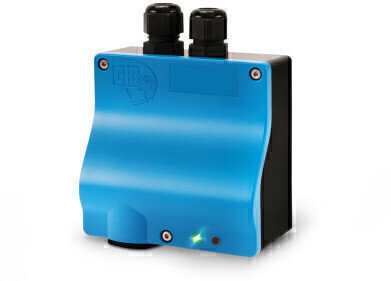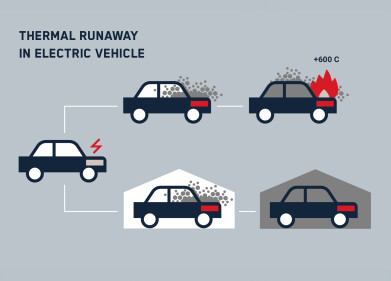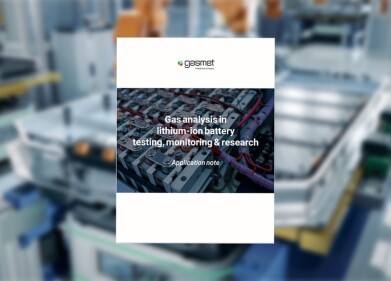Health & Safety
CO2 dangers from dry ice and how to avoid them
Nov 08 2022
People who work with dry ice as a coolant must be protected from dangerous CO2 concentrations. A carbon dioxide monitor is just as important for this purpose as risk awareness, PPE or adequate ventilation. GfG offers fixed and portable gas detection systems with infrared sensors that will reliable detect hazardous CO2 levels in the air in short-term and long-term dry ice refrigeration situations.
Dry ice – a great coolant, but also a source of danger
Dry ice is carbon dioxide in its solid state. It is used to refrigerate food and drinks, but also pharmaceutical products. Over the past few years, it was essential for maintaining the cold chain of COVID-19 vaccinations, for instance. Dry ice has several advantages compared to other cooling agents: it is neither flammable nor toxic and its solid state allows it to be formed into the shape most suited for each individual application. But the versatile refrigerant is not free from dangers.
While most people will think of the obvious danger of handling dry ice - cryogenic burns - there is another, invisible danger: Carbon dioxide will revert back to its gaseous form through sublimation at very low ambient temperatures. As it is colorless, odorless and heavier than air, it can easily accumulate along the floor of a vessel or room unnoticed. In smaller, enclosed rooms or vehicles, this can lead to critical CO2 concentrations in a very short time. Whenever someone bends down in these areas, they automatically inhale the gas - without even noticing it at first. Concentrations of only 3 vol % and up already possess slight narcotic effects. This could lead to unconsciousness and potentially even death. An adequate ventilation solution close to the floor is therefore essential, but you shouldn’t count on this safety measure alone. The only way to reliably detect critical CO2 concentrations in the air is a gas detection device.
Areas of application and suitable gas detectors
While the pharmaceutical industry has certainly been on everyone’s minds over the past few years, other industrial sectors regularly need to work with dry ice as well. Most notably, the food supply chain relies heavily on the cooling their wares during transport. But many more industrial sectors, from catering and wine production to event planners and technical research centers, use dry ice. GfG offers solutions for monitoring CO2 levels in any individual situation dry ice is required.
For detecting carbon dioxide in applications concerning transport and logistics, we recommend one of our portable gas detectors, like the Microtector III G888. As it is a multi-gas detector, it is able to monitor several additional toxic and explosive gases, as well as oxygen.
As a fixed solution, for example for storage facilities or cooling chambers, the IR22 transmitter is a great choice. It works in connection with a GfG controller to ensure a reliable and consistent monitoring of CO2 levels.
Contact us today to discuss the best gas detection system for your company.
Digital Edition
AET 28.2 April/May 2024
May 2024
Business News - Teledyne Marine expands with the acquisition of Valeport - Signal partners with gas analysis experts in Korea Air Monitoring - Continuous Fine Particulate Emission Monitor...
View all digital editions
Events
Jul 30 2024 Jakarta, Indonesia
China Energy Summit & Exhibition
Jul 31 2024 Beijing, China
2024 Beijing International Coal & Mining Exhibition
Aug 07 2024 Beijing, China
IWA World Water Congress & Exhibition
Aug 11 2024 Toronto, Canada
Aug 25 2024 Stockholm, Sweden and online











.jpg)








